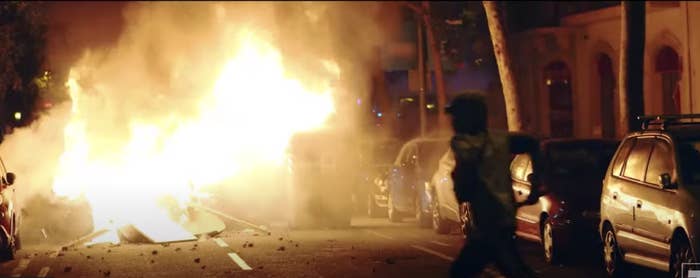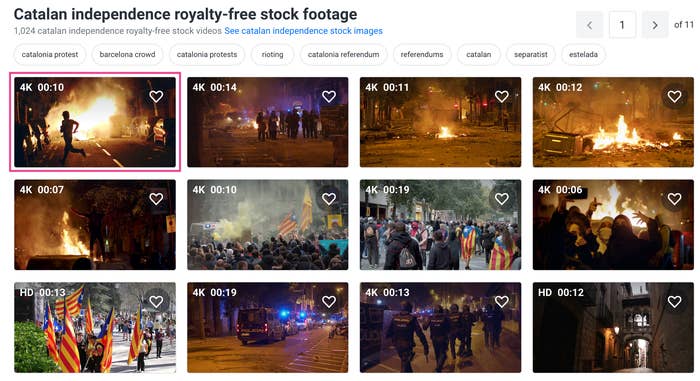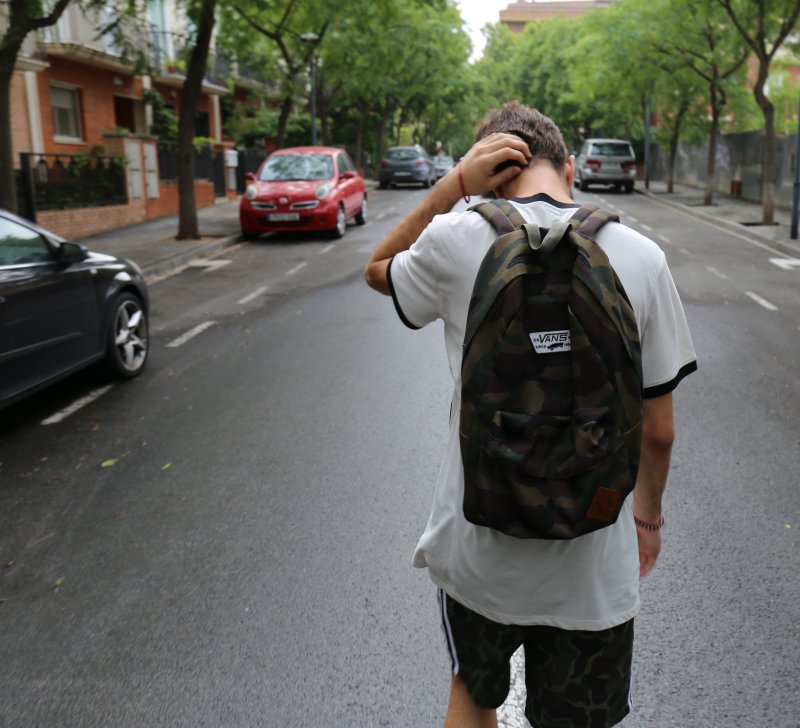THE VATICAN CIA VERSION
Issued on: 29/08/2020 - 12:58

Warsaw (AFP)
Forty years ago, on August 31, 1980, strikers at Poland's Gdansk shipyard and the communist regime signed an historic deal enabling the creation of Solidarnosc (Solidarity), the Soviet bloc's first independent trade union.
Unthinkable weeks earlier, the Gdansk agreement followed two months of social unrest across the central European country, which was sparked in July by an increase in meat prices.
Protests intensified on August 14, as 17,000 workers at the Lenin shipyard in Gdansk went on strike to demand, among other things, reinstatement of an employee, Anna Walentynowicz, who had been fired. Their demands for trade union freedom spread.
- Lech Walesa: charismatic orator -
Lech Walesa, a 35-year-old electrician at the yard who had been fired four years earlier for activism, scaled the huge site's outer wall and took the lead of the strikers, emerging as a charismatic speaker.
The management gave in very quickly on several points, but the strikers wanted more, and in particular the creation of free unions.
The strike quickly took on a political dimension with the arrival on site of dissident intellectuals, who adopt an advisory role to the strikers.
The workers had in their minds the bloody repression of the strikes of December 1970 -- the uprising at the Gdansk shipyards had led to the fall of the leader of the Communist Party, Wladyslaw Gomulka.
They were also well aware of the intervention by the Soviet leaders of the communist bloc in 1956 in Hungary and in 1968 in Czechoslovakia.
But they were spurred on by the legendary words "be not afraid" spoken a year earlier by Polish pope, John Paul II, during a visit to Warsaw, capital of the deeply Catholic country.
On August 17, the Interfactory Strike Committee (MKS) led by Walesa said 191 workplaces were on strike. By the end of the protests they would total 700.
Day and night the families and supporters pressed themselves against the closed gates of the shipyard bearing food, drinks, flowers and offering moral support.
Holy images lined the outer walls of the industrial site. Across the country masses were held in support of the strike.
"There was something behind our struggle, something like the will of God, in particular concerning my own role," Walesa, a staunch Catholic, would later say.
On August 22, deputy prime minister Mieczyslaw Jagielski headed a government delegation to Gdansk to negotiate. The talks were broadcast to the shipyard by loudspeakers.
- Accord on independent trades union -
On August 31, an AFP bulletin wrote of "an agreement between the authorities and the strike committee in Gdansk, Walesa announced".
On television Walesa then declared the end of the strike. He burst into the national anthem, with the deputy prime minister singing along with him.
"We have not got everything we wanted. But we have got what was possible in the current situation. And we will get the rest later," Walesa said.
The accord authorised an independent union -- a first in the entire Soviet bloc -- provided for the right to strike, a limit on censorship, salary increases, the broadcast of a Sunday mass on radio-television and the freeing of political prisoners.
"Up to now there was an understanding, in Poland as in all the other socialist countries, that the working class, being itself in power, had no reason to go on strike, nor to set up unions independent of the party it represents," AFP wrote at the time.
Signing of the agreement took place "in the shipyard's big conference room, decorated with a crucifix and a bust of Lenin, under the rattle of flashes and the roaring of television cameras from several countries," AFP reported. Walesa signed the document with a pen bearing the effigy of the pope.
The final negotiations were followed "by workers clumped together around the shipyard's loudspeakers, sitting on a pile of bricks, perched on makeshift benches," AFP wrote.
Some 18 months later, General Wojciech Jaruzelski decreed martial law to ban the union, which had managed to unite 10 million members.
Tens of thousands of union activists were arrested, including Walesa, who was detained for 11 months.
The union continued its activities underground before being legalised in 1989 as the communist bloc crumbled.
In October 1983 Walesa received the Nobel Peace Prize, before being elected president of Poland in 1990 at the country's first democratic election.
© 2020 AFP

Striking workers at the Lenin shipyard in Gdansk, Poland, on August 20, 1980
JORMA PUUSA LEHTIKUVA/AFP/File
Warsaw (AFP)
Forty years ago, on August 31, 1980, strikers at Poland's Gdansk shipyard and the communist regime signed an historic deal enabling the creation of Solidarnosc (Solidarity), the Soviet bloc's first independent trade union.
Unthinkable weeks earlier, the Gdansk agreement followed two months of social unrest across the central European country, which was sparked in July by an increase in meat prices.
Protests intensified on August 14, as 17,000 workers at the Lenin shipyard in Gdansk went on strike to demand, among other things, reinstatement of an employee, Anna Walentynowicz, who had been fired. Their demands for trade union freedom spread.
- Lech Walesa: charismatic orator -
Lech Walesa, a 35-year-old electrician at the yard who had been fired four years earlier for activism, scaled the huge site's outer wall and took the lead of the strikers, emerging as a charismatic speaker.
The management gave in very quickly on several points, but the strikers wanted more, and in particular the creation of free unions.
The strike quickly took on a political dimension with the arrival on site of dissident intellectuals, who adopt an advisory role to the strikers.
The workers had in their minds the bloody repression of the strikes of December 1970 -- the uprising at the Gdansk shipyards had led to the fall of the leader of the Communist Party, Wladyslaw Gomulka.
They were also well aware of the intervention by the Soviet leaders of the communist bloc in 1956 in Hungary and in 1968 in Czechoslovakia.
But they were spurred on by the legendary words "be not afraid" spoken a year earlier by Polish pope, John Paul II, during a visit to Warsaw, capital of the deeply Catholic country.
On August 17, the Interfactory Strike Committee (MKS) led by Walesa said 191 workplaces were on strike. By the end of the protests they would total 700.
Day and night the families and supporters pressed themselves against the closed gates of the shipyard bearing food, drinks, flowers and offering moral support.
Holy images lined the outer walls of the industrial site. Across the country masses were held in support of the strike.
"There was something behind our struggle, something like the will of God, in particular concerning my own role," Walesa, a staunch Catholic, would later say.
On August 22, deputy prime minister Mieczyslaw Jagielski headed a government delegation to Gdansk to negotiate. The talks were broadcast to the shipyard by loudspeakers.
- Accord on independent trades union -
On August 31, an AFP bulletin wrote of "an agreement between the authorities and the strike committee in Gdansk, Walesa announced".
On television Walesa then declared the end of the strike. He burst into the national anthem, with the deputy prime minister singing along with him.
"We have not got everything we wanted. But we have got what was possible in the current situation. And we will get the rest later," Walesa said.
The accord authorised an independent union -- a first in the entire Soviet bloc -- provided for the right to strike, a limit on censorship, salary increases, the broadcast of a Sunday mass on radio-television and the freeing of political prisoners.
"Up to now there was an understanding, in Poland as in all the other socialist countries, that the working class, being itself in power, had no reason to go on strike, nor to set up unions independent of the party it represents," AFP wrote at the time.
Signing of the agreement took place "in the shipyard's big conference room, decorated with a crucifix and a bust of Lenin, under the rattle of flashes and the roaring of television cameras from several countries," AFP reported. Walesa signed the document with a pen bearing the effigy of the pope.
The final negotiations were followed "by workers clumped together around the shipyard's loudspeakers, sitting on a pile of bricks, perched on makeshift benches," AFP wrote.
Some 18 months later, General Wojciech Jaruzelski decreed martial law to ban the union, which had managed to unite 10 million members.
Tens of thousands of union activists were arrested, including Walesa, who was detained for 11 months.
The union continued its activities underground before being legalised in 1989 as the communist bloc crumbled.
In October 1983 Walesa received the Nobel Peace Prize, before being elected president of Poland in 1990 at the country's first democratic election.
© 2020 AFP









